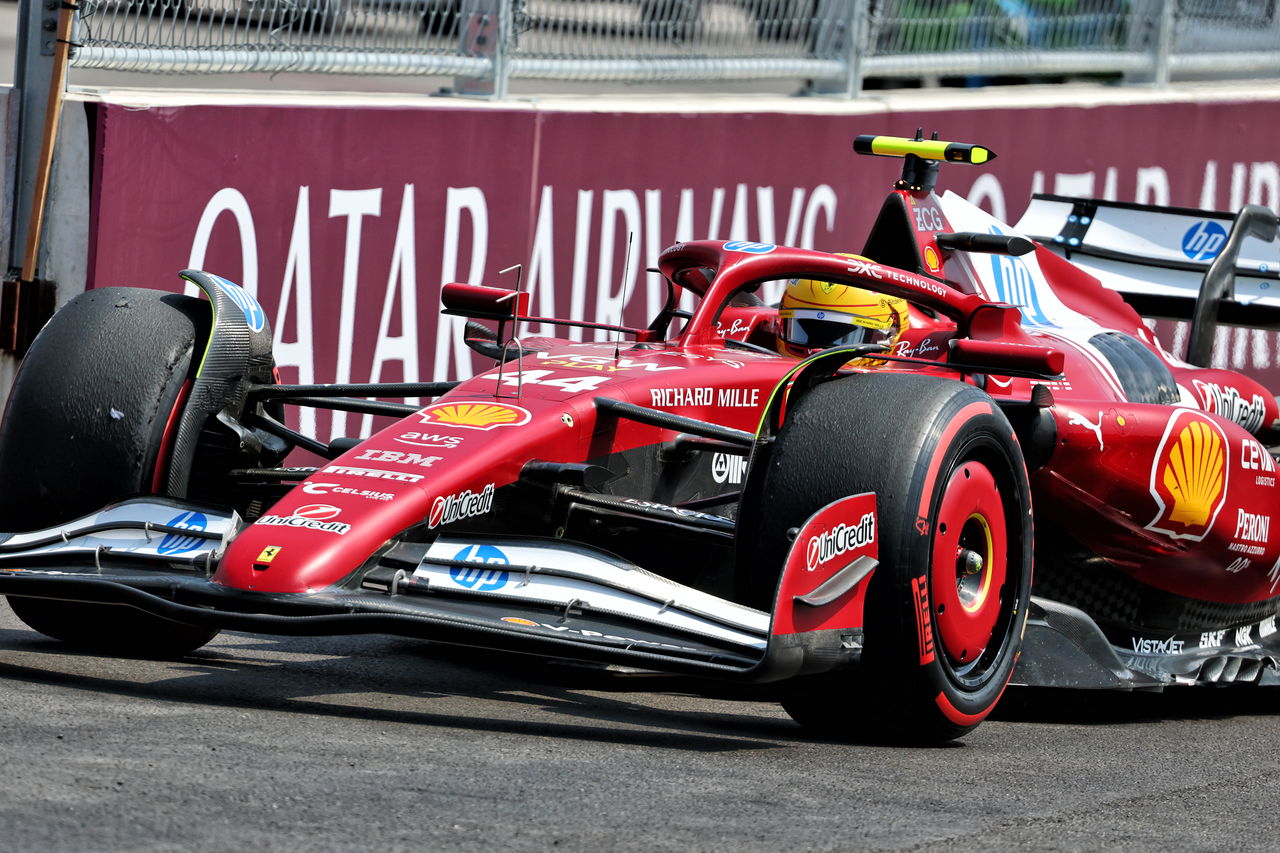Ferrari F1 team principal Frederic Vasseur suggested that tire preparation during the lap might have been a crucial factor in Lewis Hamilton’s surprising exit in Q2 during qualifying for the Hungarian Grand Prix. Hamilton faced another challenging qualifying session at Hungary, starting 12th for Sunday’s race, marking his worst performance on a track where he has typically excelled. After qualifying, Hamilton candidly described his performance as “no use.”
Vasseur offered a more optimistic view on Hamilton’s difficulties. Speaking to Sky Italia, he explained that managing tire temperature is a delicate balance—lightening the tires too much can lead to excessive sliding toward the end of a lap. He noted that Hamilton missed advancing by just a few hundredths of a second, which made lap management particularly tricky. Vasseur emphasized the team’s need to learn from this and stressed that while the result isn’t ideal, they can’t depend on past successes. He pointed out that race simulations showed Ferrari’s consistency on par with McLaren, highlighting the importance of focusing on tire management and strategy.
Regarding Charles Leclerc’s pole position, Vasseur highlighted the critical role of finding the right tire temperature window. Leclerc had a tough time initially, lagging behind Aston Martin in Q3’s first run, but he eventually got his tires to the optimal performance range. Vasseur admitted tire management has been a challenge this year and that the difference between first place and 10th is very narrow, often pushing the limits of the tires. Despite the ups and downs, Leclerc’s performance was stronger than expected, underscoring how challenging qualifying can be and the importance of analyzing these experiences for future improvement.
Fan Take: This update is crucial for racing enthusiasts because tire management continues to be a pivotal factor influencing race outcomes, even for top drivers like Hamilton and Leclerc. It highlights how precision and strategy are just as vital as speed, adding another layer of complexity and excitement to Formula 1 competition.



